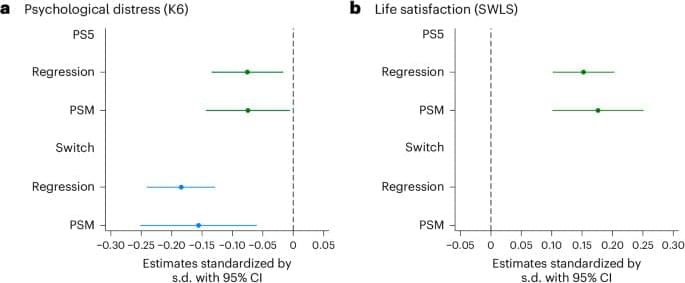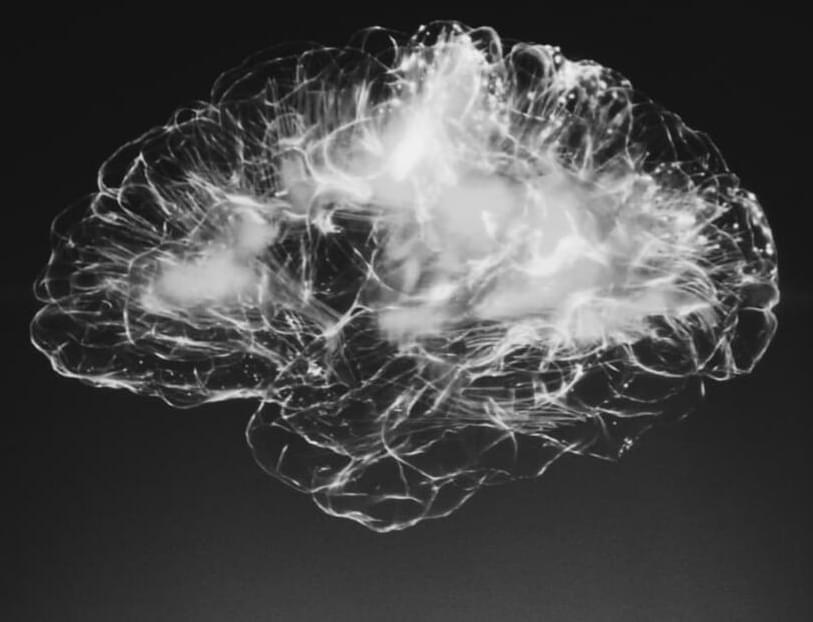Aug 21, 2024
The Invisible Damage: How COVID Rewires Our Brains
Posted by Saúl Morales Rodriguéz in categories: biotech/medical, neuroscience
University of Colorado Boulder scientists have discovered that proteins left by COVID-19 can significantly lower cortisol levels in the brain, leading to heightened immune responses to new stressors.
This research, focusing on the neurological symptoms of Long COVID, utilized rats to demonstrate how SARS-CoV-2 antigens persist in the body and alter brain function. This persistent effect could explain the severe and varied symptoms of Long COVID, suggesting potential directions for further research and symptom management strategies.
Understanding covid-19’s long-term impact on the brain.

















